Do you feel as if you need a PhD in animal science to figure out which eggs to buy? Standing over the egg cooler in the grocery store, contemplating dozens of options, what’s a caring, health-conscious consumer to do? Cage-free? Free-range? Pasture-raised? Organic?
Thanks to corporate greenwashing, it’s harder than ever to know how the hens who laid those eggs were raised. And what they were fed. Cartons adorned with labels of happy chickens strutting their stuff in verdant pastures sell at a premium price. Yet, those labels — the happy chicken graphic and the “free-range” branding — are, too often, nothing more than a marketing ruse.
Summary: “Cage-free” and “Free-range” labels don’t always mean humanely raised, healthy hens. “Organic” eggs may contain antibiotic residue.
The Good News: You’ve Got Power.
- Pre-2015, 80-95% of egg-laying hens spent their lives packed into cramped wire “battery cages,” unable to move, stand, or extend their wings.
- Thanks to consumer demand for more humane practices, hens have been breaking free of their cages.
- Today, about 45% of hens live cage-free. The number is growing. 1,400 U.S. companies have made cage-free pledges, including McDonald’s, Starbucks, Costco, General Mills, Kraft Heinz and Nestle. This is a work-in-progress. Advocates are working tirelessly to ensure these companies keep their promises (in the past, many have not).
The Bad News:
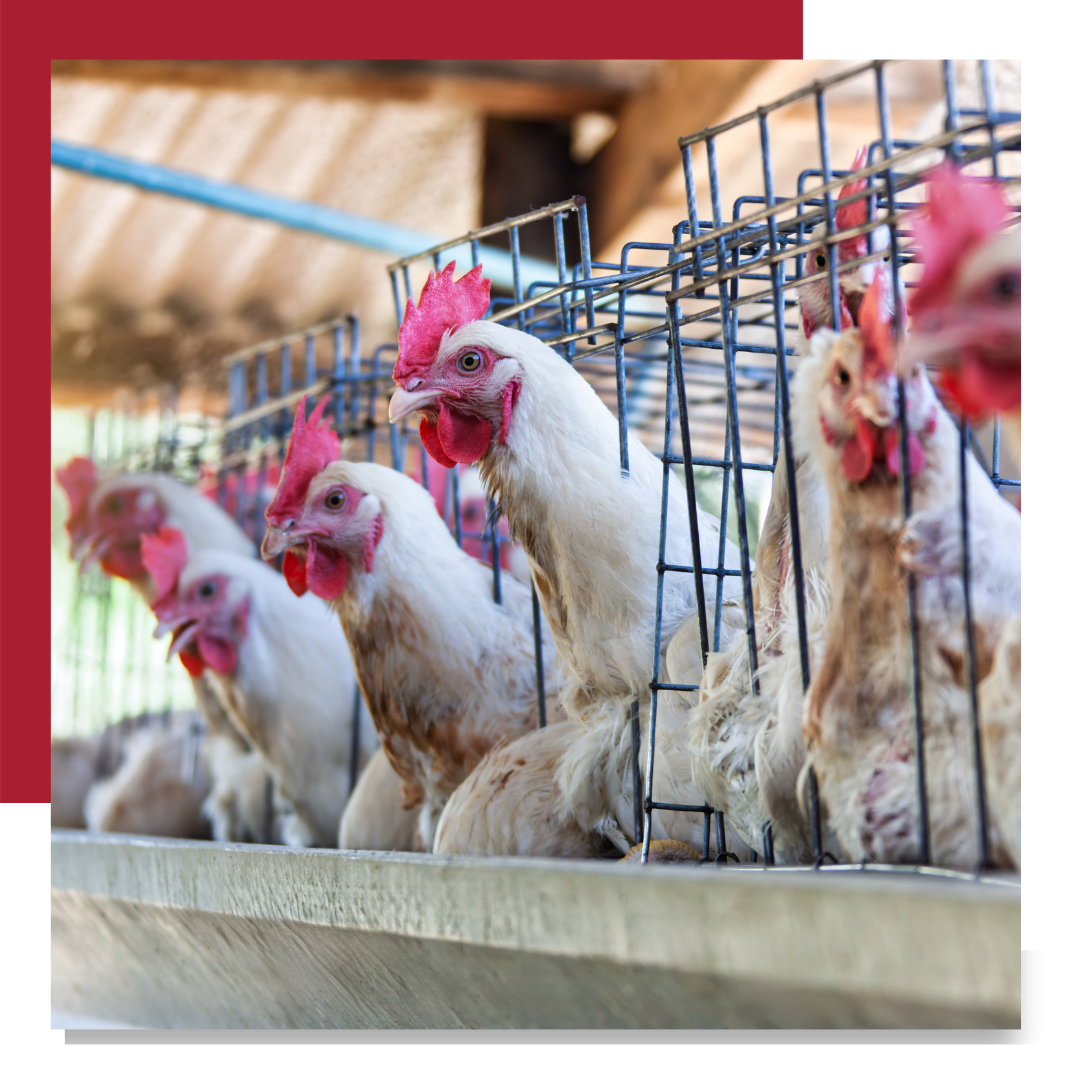 Companies know consumers prefer happy cage-free hens. But that pretty picture on the carton does not always reflect life on a bucolic farm. Many “cage-free” and “free-range” hens are now crammed into factory farms. Enormous, over-crowded industrial hen houses, with no outdoor access, is no way to raise a healthy, sanitary animal. Over 30 million hens were killed in 2025 when avian flu spread through cage-free facilities.
Companies know consumers prefer happy cage-free hens. But that pretty picture on the carton does not always reflect life on a bucolic farm. Many “cage-free” and “free-range” hens are now crammed into factory farms. Enormous, over-crowded industrial hen houses, with no outdoor access, is no way to raise a healthy, sanitary animal. Over 30 million hens were killed in 2025 when avian flu spread through cage-free facilities.
“Organic” says nothing about a hen’s living conditions. It means only that she was fed organic feed. Thanks to loopholes created by the chicken industry, “organic” feed can contain antibiotics.
“Free-range” hens (unlike “cage-free”) are required to get outdoor space. Yet, companies don’t always comply. Pete & Gerry’s Organics (Nellie’s Free Range Eggs) was accused of housing up to 20,000 birds in a shed, with only 1.2 square feet/bird, and severely limiting their outdoor access. The list of scofflaws is depressingly long. Consumers paid a premium for these eggs. (Over-crowding leads to rapid spread of disease — thus the need for those antibiotics).
“Pasture-raised” is the way to go … if you need to eat eggs. These hens live the most natural lives.
How to Buy a Good Egg
Seek pasture-raised hens with true outdoor access (e.g., dirt, grass, fresh air).
Choose eggs with these labels:
– Animal Welfare Approved
– Certified Humane
Buying Made Simple: Use ASPCA’s Shop with Your Heart Grocery List (bookmark and keep it on your phone!)
The Best Choice: Cut back on or eliminate eggs from your diet
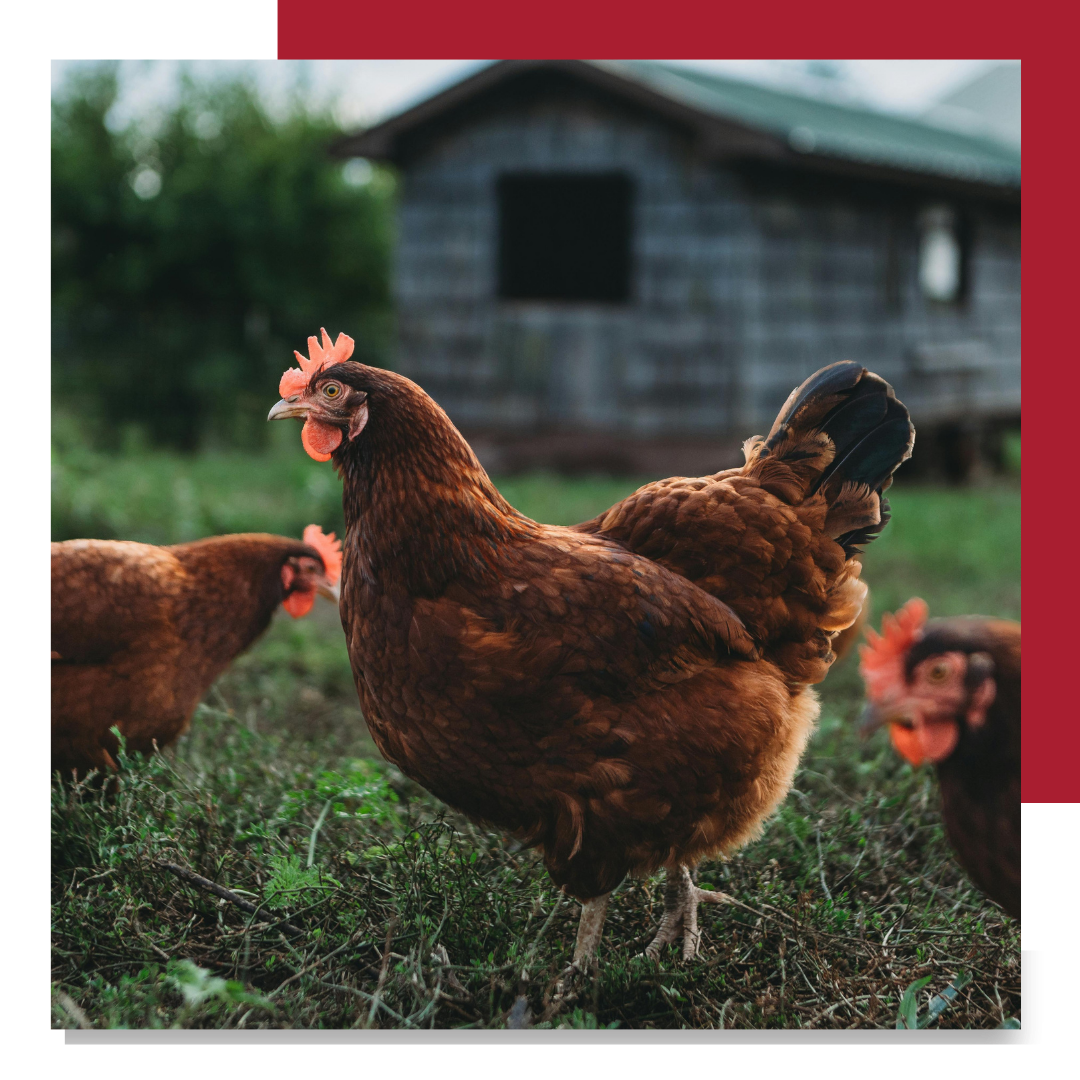 Adding eggs to recipes — in baking, to bind ingredients in dishes like burgers, and as the main event in egg salad — has become an unnecessary norm. It’s easy to cut down your egg consumption simply by learning a few easy swaps.
Adding eggs to recipes — in baking, to bind ingredients in dishes like burgers, and as the main event in egg salad — has become an unnecessary norm. It’s easy to cut down your egg consumption simply by learning a few easy swaps.
Why should you care?
A meta-analysis involving 10 million participants showed that greater egg consumption increased the risk of premature human death from all causes — heart disease, cancers, stroke, etc. Watch this 3-minute video of my favorite on-line geek, Dr. Michael Greger, explaining why.
Try these Fabulous Egg-Free Dishes
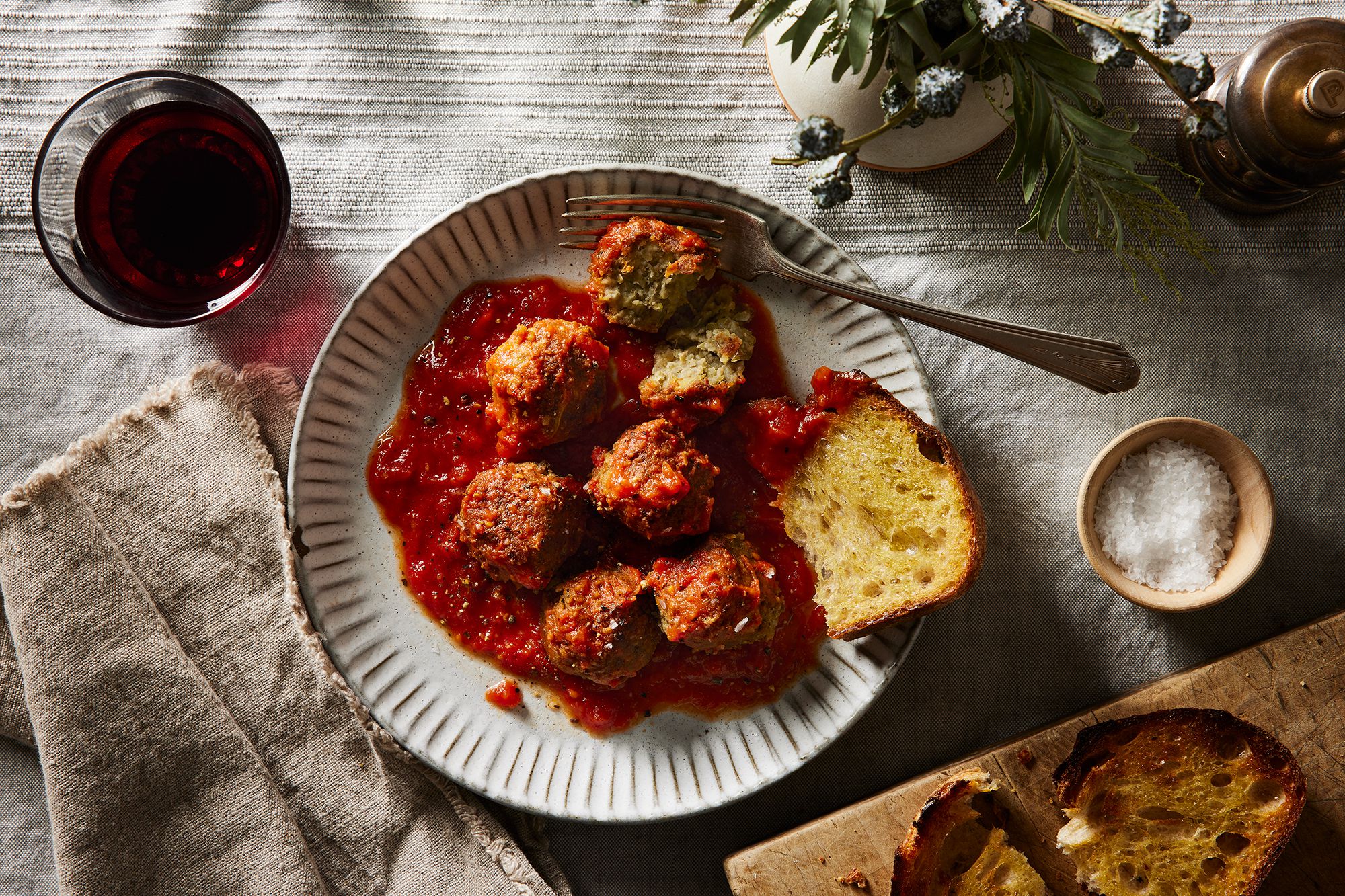
Can’t Believe They’re Meatballs: I don’t remember my mother making meatballs, but I do remember her burgers. A key ingredient was an egg. It added moisture, for a juicier, softer bite. Chia seeds play the same role. When they interact with anything wet, they become gel-like. An added bonus: chia seeds are packed with fiber. Lentils mixed with oregano, fennel seeds, chia and garlic, will have you humming with pleasure. Eat them naked, smothered in red sauce, or atop a pile of spaghetti. Added bonus: I promise these ‘balls will have you “moving smoothly” the next day.
Zucchini Fritters: Tahini, lemon juice, and a dab of mustard provide the moisture, and chickpea flour sops it all up to create simple, flavorful fritters in a couple of minutes. Check your email or call a friend while allowing the mixture to rest for 15-20 minutes, which gives the flour time to absorb the goodness. And there’s more … they’re gluten-free!
Whole Wheat Berry Muffins: Ground flaxseeds are commonly substituted for eggs in baking. Like chia, when mixed with liquid, they thicken and become an excellent binder. And an excellent source of fiber. Blueberries, applesauce, maple syrup, and dash of vanilla extract make these muffins a nutritious, low-cal, bit of sweetness. And who doesn’t need that?
Banana Bread: Recipe-creator Nisha Vora claims this to be “seriously the best vegan banana bread.” It is. And yet. It takes a bit of work. Vora uses a ubiquitous ingredient as an egg-replacer: aquafaba, the liquid in a can of chickpeas. A darling of chefs (both vegan, and not), aquafaba has a variety of glorious properties sought after by bakers: it emulsifies, thickens, and binds, without adding overpowering flavor. In other words, it turns baked goods like this amazing banana bread into a satisfying, “I-can’t-believe-it’s-egg-free” sweet, moist treat.
Egg salad: All I am saying is give this a chance. Crumble a block of tofu, add vegan mayo (many taste better than the real thing, and have zero cholesterol), and anything else you like in your egg salad: celery chunks, dill, sweet pickles, let your creativity — and taste — run wild.
Vibrant Veggie Tofu Scramble: Consider this recipe a template. The herbs and spices are key, but the veggies are up to you. Warning: It’s extremely difficult to stop eating this. I find that “4 servings” typically wind up being 2 or 3. But maybe that’s just me….
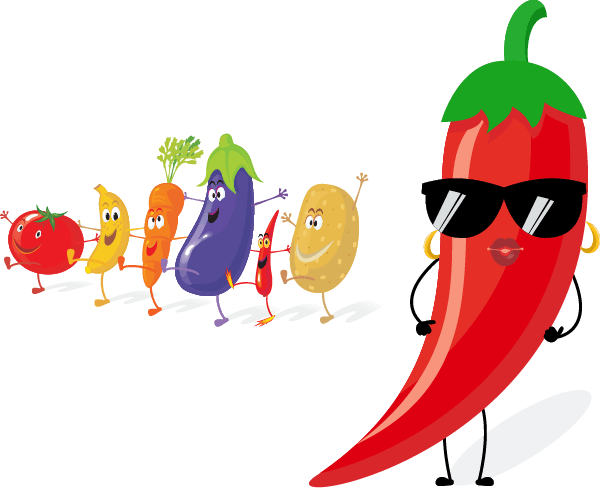

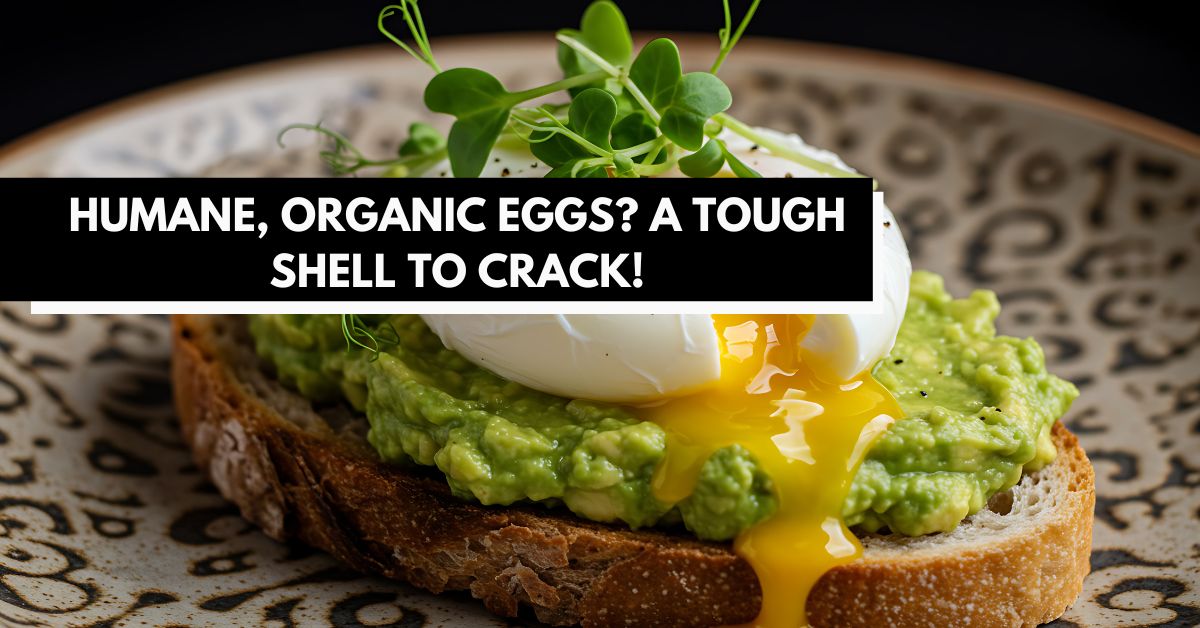
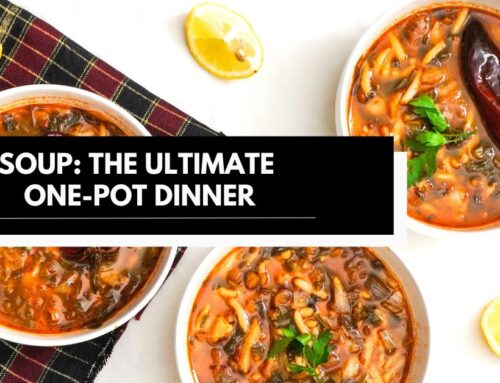
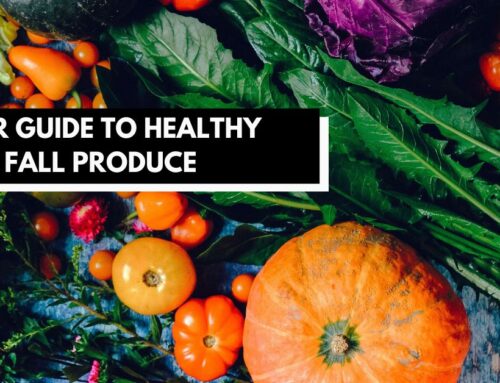
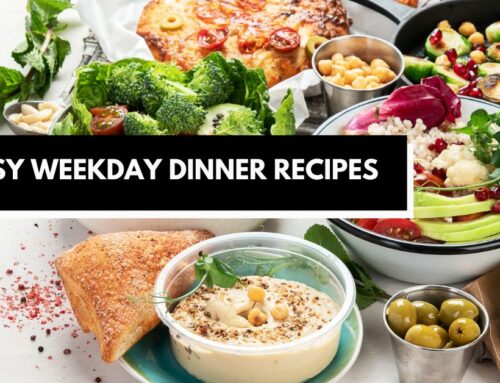
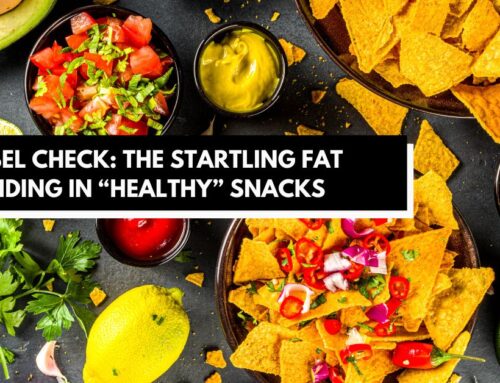
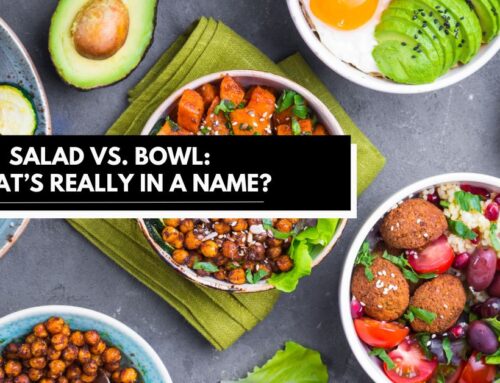
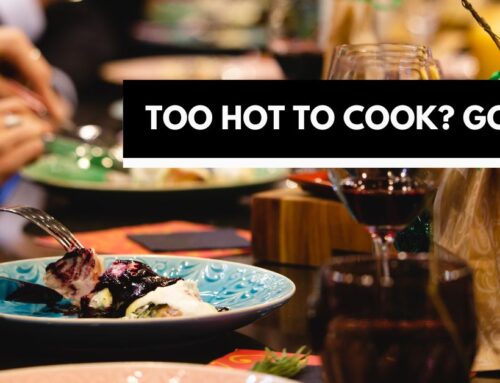


So helpful to find out which eggs are best! Thank you!